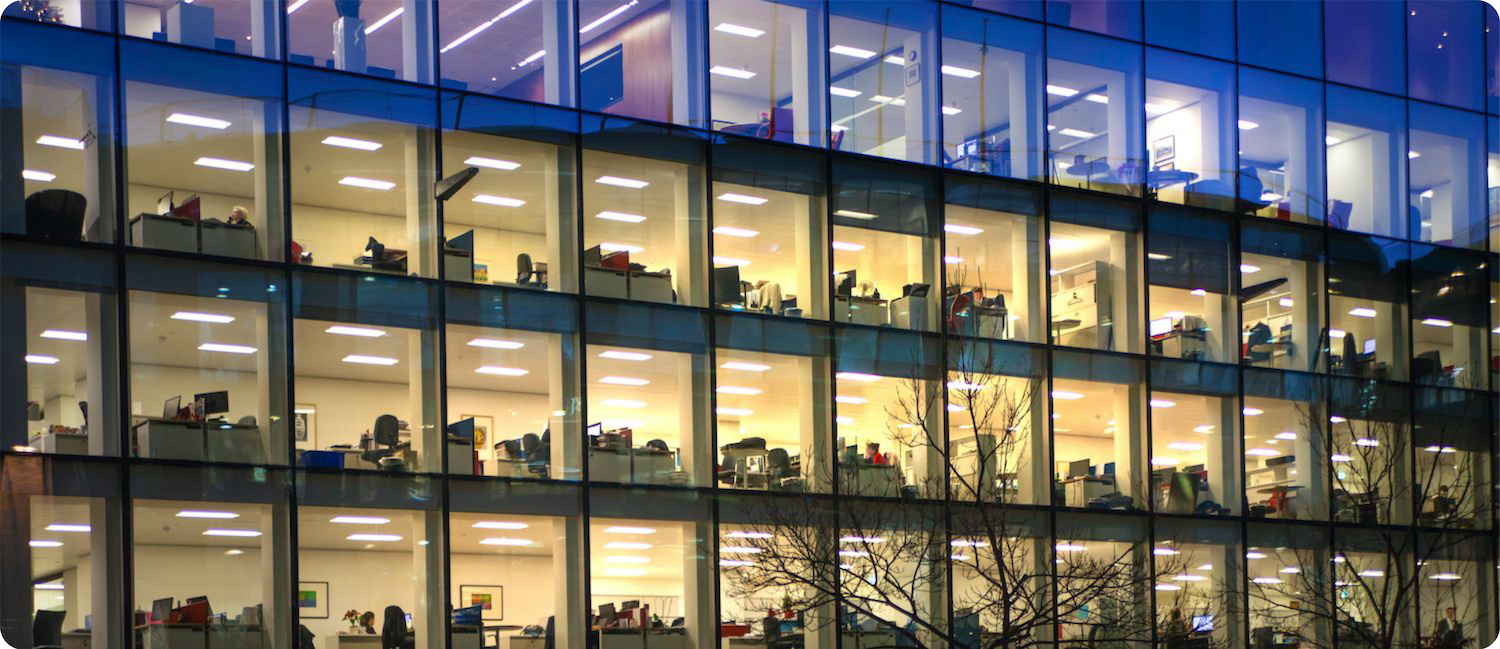How To Choose The Best Office Lighting
Lighting an office space is not as simple as it may seem. As the years have passed, energy, as well as office lighting standards have changed. So, choosing the right fixtures and lights for your office now goes beyond the simple consideration of the lumens output. You need to ask yourself several questions. For instance, are there any colors or brightness levels that may create good office lighting degrees? Or can lighting affect the productivity of your employees?
The truth is that choosing the right lighting is an important decision in any commercial space. The impact it can have on the productivity level and the morale of your employees, not to mention your sales, is quite significant. So, if you are considering replacing or upgrading your office light fixtures, here are the most important aspects to take into account.
1. The Intensity of Office Lighting
You should keep light intensity in mind when designing the lighting for your commercial space. You want it to be bright, but not overwhelming. Spaces that are under-lit can cause tired vision and eye strain.
On the other hand, over-lit spaces can lead to visual discomfort and glare. So, unbalanced lighting can turn a working space into an uncomfortable and sometimes, even painful environment. Obviously, this can have several effects, from decreasing the level of productivity to impacting sales, and much more.
One step you can take is calculate the exact lighting power you require for your space. The total illumination level in a space is expressed in lumens. A simple equation will help you find the needed lighting power. To get there, you just need to multiply the surface of the room in square feet by the lux, and then figure out how many light bulbs you’ll need to reach that lumen output.
Once you do this, the next step is to divide the number of lumens by the lumens each bulb should deliver. This way, you will discover what the right option for your space is. Generally speaking, a minimum of 500 lux for computer workstations is correct. This is a balanced level, gentle on the eyes, and not too dim to minimize productivity.
2. Efficiency & Energy Cosumption
When it comes to efficiency and energy consumption, a bulb’s wattage is critical. You want to find a fixture that is both efficient and stylish. Cost efficiency is something you need to consider because the lights will be on for at least 45 hours a week, maybe even longer. So, going for LED office lighting is definitely one of the best options out there.
Additionally, LED bulbs can offer powerful illumination for up to 100, 000 hours and work on lower watts, saving money on utility costs. At the same time, you can make use of occupancy sensors. This way, you can ensure that the LED office lighting fixtures are used only when needed.
If you’re looking to illuminate a shared office space, then there are particular considerations for that. For one thing, brighter isn’t always better. Even though most people think this is the case, the truth is that if a light is too bright, it can overpower a space.
Not only that, but lights that are too bright can strain the eyes and cause significant discomfort. So, to avoid these situations, the best thing you could do is follow the general rule of lumens based on the square footage of the office space. If you are lighting floors, for instance, you should require 20 lumens per square foot , whereas 50 lumens are recommended to light desks or work areas.
Of course, you need to take into consideration how much natural light there is in your space. This can influence the lighting design. However, the general rule is to avoid making an office space too bright.
3. Office Lighting Placement
You need to consider where you will position a new lighting fixture. Your employees will be the ones to suffer if the lighting is inappropriately placed, making their workday harder. Think about the tasks completed in the office. If your employees need to stay on their computers all day, you should go gentle with the lighting. You don’t want to compete with the already existing light. Plus, consider extra lighting sources, if there are any. What you need to do is to ensure appropriate illumination and visibility so a task can be completed without issues.
Following the spacing guidelines from the manufacturer is also important when placing the office lighting. Align fixtures with the shapes of the desks. For instance, for small square tables, you could consider a few recessed lights or a single fixture, whereas, for longer shared desks, wider fixtures are required so that the light is distributed evenly.
4. Office Lighting Function
What you need to focus on is achieving a well-balanced end result. This means that an office building should have lighting which is adequate for the space, but also extra lighting to ensure proper task completion.
Consider integrating a little bit of ambiance lighting to create a pleasant working environment. Today’s office lighting is gentler, more versatile, ready to accommodate the needs of a modern, changing workforce.
In a shared office space, alongside various task lighting options, overhead lighting is necessary. Task lighting is used to perform specific tasks, and that is why it should be more focused on achieving that particular purpose rather than light an entire office.
Overhead directional track lighting can also be used, adding another layer of lighting. The idea is to have several lighting layers, with separate controls, giving a gentler light source instead of relying on one overbearing solution for all needs.







